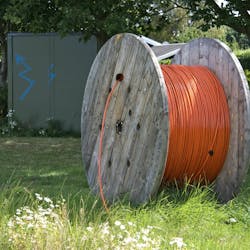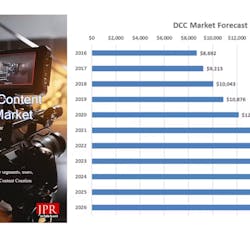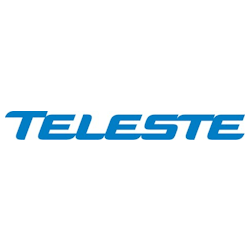The Immersive Digital Experiences Alliance (IDEA) has released the first draft of royalty-free specifications for the Immersive Technology Media Format (ITMF). ITMF is a display-agnostic interchange format for conveying high-quality and complex video image scenes to a variety of immersive displays, including extended-reality headsets and display panels, based on light field technology.
IDEA is staging its first demonstration of applications based on ITMF at the Light Field and Holographic Display Summit at CableLabs in Louisville, CO.
The ITMF specification is based on ORBX scene graph technology, a format created by OTOY and now supported by dozens of software systems used in 3D animation and game development. Starting with the ORBX scene graph format, ITMF is designed as an interchange and distribution format for conveying high-quality, complex image scenes to immersive media displays over commercial networks. Applications range from passive viewing, gaming, and telepresence, including six degrees-of-freedom (6DoF), to light field displays.
The initial ITMF suite includes three documents: a scene graph specification, a container specification, and a data encoding specification. The scene graph specification describes the physical attributes of a scene or object in mathematical terms and then provides instructions for the computational machinery at the receive end to generate the image.
"IDEA came together in response to the growing momentum for immersive media - a viewing experience that goes beyond the constraints of a flat screen and rectangular picture to 'immerse' the user in the scene. Advances such as AR/VR and 3D have approached this concept, but until now there's been no common framework to enable these types of images to be transmitted on a commercial network and viewed on any device," said Pete Lude, chairman of IDEA and consultant to CableLabs. "We're a few years away from realizing that goal, but ITMF is supercharging the effort. And IDEA is doing it without reinventing the wheel, by leveraging innovative and field-proven tools and technologies from the computer graphics world, such as ORBX."
While not fully implemented in the initial draft, the goals for the ITMF specification are based on five attributes:
- The ability to achieve a fully immersive image, based on the best possible image representations and with light field technology as the highest common denominator.
- Solutions that are practical for transmission, with the ability to transmit complex data to viewers' homes without using an inordinate amount of bandwidth.
- Display-agnostic solutions that support any type of display or viewing device, ranging from smartphones and extended-reality headsets to home theaters and cinematic displays at entertainment complexes and theme parks.
- Support for media-aware networks to optimize delivery with available network bandwidth and support of different display devices.
- An open and royalty-free interchange format that any vendor can access and implement.
At the Light Field and Holographic Display Summit, IDEA will present proof-of-concept media based on the new set of ITMF specifications and displayed on multiple devices, including a 3D TV, a VR headset, a 2D display, and a volumetric display.





